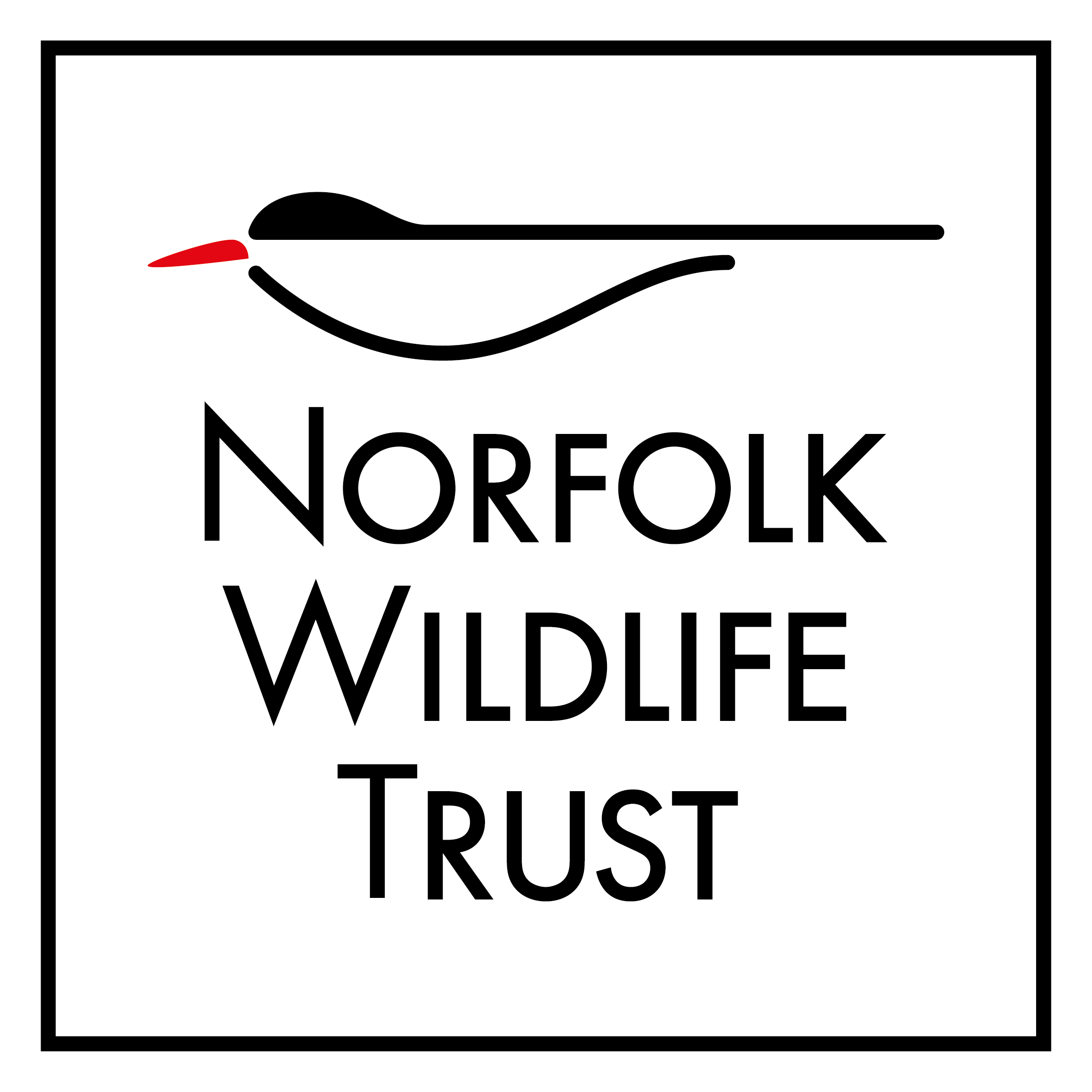Search
Search
Thorpe Marshes
Bordering the River Yare, Thorpe Marshes is an important urban nature reserve. Located on the eastern fringe of Norwich, the site brings the wildlife of the Norfolk Broads into the city itself.…
Norwich Local Group
From learning more about our amazing natural heritage, to taking part in conservation work, and fundraising for the future – joining a Local Group provides invaluable support for Norfolk's wildlife.
NWT Thorpe Marshes guided walk (27 March)
Join local naturalist, Chris Durdin, for a meander at NWT Thorpe Marshes and discover the reserve’s wildlife.
NWT Thorpe Marshes guided walk (11 February)
Join local naturalist, Chris Durdin, for a meander at NWT Thorpe Marshes and discover the reserve’s wildlife.
NWT Thorpe Marshes guided walk (17 December)
Join local naturalist, Chris Durdin, for a meander at NWT Thorpe Marshes and discover the reserve’s wildlife.
NWT Thorpe Marshes guided walk (15 January)
Join local naturalist, Chris Durdin, for a meander at NWT Thorpe Marshes and discover the reserve’s wildlife.
NWT Thorpe Marshes guided walk (21 April)
Join local naturalist, Chris Durdin, for a meander at NWT Thorpe Marshes and discover the reserve’s wildlife.
A trip to Thorpe Marshes - getting back to nature
Our Youth Forum member, Joseph Newstead, enjoys a visit to Thorpe Marshes to de-stress.
October on our reserves
Conservation Officer Robert Morgan keeps us up to date with autumn on our reserves, from battling storms to scattering seeds.
October on our nature reserves
Reserves Officer Robert Morgan talks migrant birds, rare moths and nathusius' pipistrelle bat.
